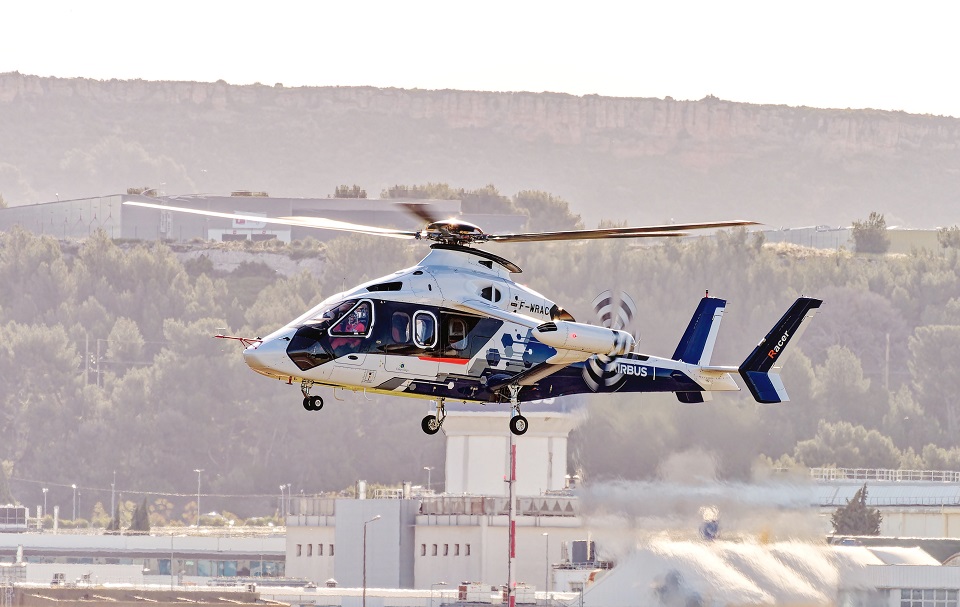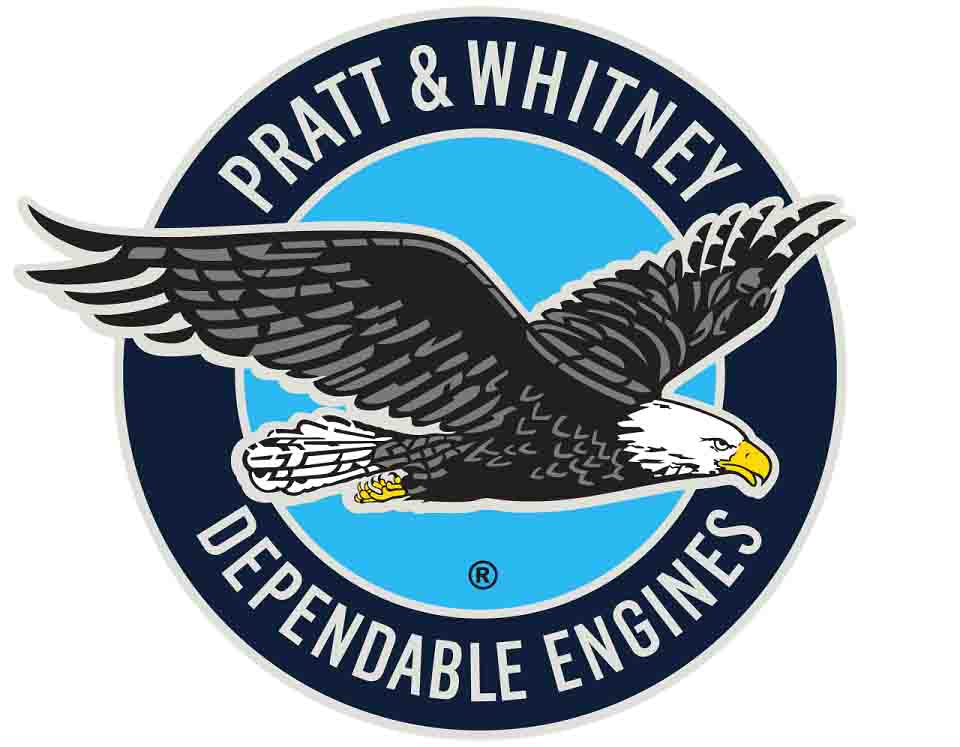Aviation
P-8A aircraft overshot the runway at a Marine base

On Monday, a U.S. Navy plane overshot a runway and entered a bay in Hawaii. When emergency personnel from the Honolulu Emergency Medical Services Department arrived on the scene, military authorities informed them that all nine passengers had safely landed on land without any injuries.
A Coast Guard spokesperson, Petty Officer Ryan Fisher, stated that although the Coast Guard had responded, rescue efforts had been promptly suspended. “It appears that everyone concerned was saved,” he remarked.
Shortly after 2:00 pm on Monday, the plane went into the water. According to Thomas Vaughan, a National Weather Service meteorologist in Honolulu, it was cloudy and rainy, with visibility of about a mile.
The P-8A aircraft at a Marine base on Kaneohe Bay overshot the runway, according to Gunnery Sgt. Orlando Perez, a spokesman for the U.S. Marine Corps. He didn’t give further information.

Aerospace
Airbus Reveals Innovative Hybrid Aircraft, Blending Plane and Copter Designs

Airbus Helicopters has unveiled a groundbreaking innovation in rotorcraft technology with the introduction of an experimental hybrid aircraft, blending the features of a plane and a helicopter.
Named the Racer, this one-of-a-kind demonstrator model integrates traditional overhead rotor blades with two forward-facing propellers, aiming stability with speed. The primary objective behind this engineering marvel is to significantly reduce response times for critical missions such as search-and-rescue operations.
Priced at 200 million euros ($217 million), the Racer represents a pioneering leap in rotorcraft design, poised to revolutionize the industry. Beyond its immediate applications, including search-and-rescue missions, the Racer’s potential extends to military endeavors, aligning with NATO’s ongoing exploration of next-generation helicraft. However, the realization of such prospects hinges upon the alignment of future operational requirements.
Designed to operate at a cruise speed exceeding 400 km/h, the Racer demonstrator is meticulously engineered to strike a delicate balance between speed, cost-efficiency, and mission performance.
Notably, the aircraft targets a notable reduction in fuel consumption, aiming for a 20% decrease compared to contemporary helicopters of similar caliber. This feat is made possible through aerodynamic optimization and an innovative eco-mode propulsion system, developed in collaboration with Safran Helicopter Engines.
The hybrid-electrical eco-mode system allows for the temporary suspension of one of the two Aneto-1X engines during cruise flight, thereby contributing to a reduction in CO2 emissions. Moreover, the Racer seeks to address environmental concerns by focusing on lowering its operational acoustic footprint, showcasing its commitment to sustainability.
Building upon the success of Airbus Helicopters‘ X3 technology demonstrator, which previously pushed the boundaries of helicopter speed by achieving a remarkable 472 km/h, the Racer represents a significant evolution in aerodynamic configuration and technological innovation.
Aviation
Pratt & Whitney Faces Lawsuit Over Aircraft Engine Allegations

In a significant legal development within the aerospace industry, Pratt & Whitney, a subsidiary of aerospace giant RTX, finds itself embroiled in a formidable $150 million lawsuit. As reported by Reuters.
Filed by Universal Turbine Parts LLC (UTP) in a Philadelphia federal court, the lawsuit accuses Pratt & Whitney Canada, a unit of RTX, of engaging in anti-competitive practices aimed at stifling competition in the market for used engines and parts for regional commercial aircraft, freight operations, and other applications.
UTP, an Alabama-based supplier of aftermarket aircraft engines and engine parts, alleges that Pratt & Whitney Canada has systematically obstructed rivals, including UTP, from accessing its used PT6 and PW100 turboprop engines.
These engines, manufactured by Pratt & Whitney, hold a significant presence in the aviation industry, with Pratt having produced over 64,000 PT6 engines and 8,000 PW100 engines, as stated in the lawsuit.
Central to UTP’s claims is the assertion that Pratt & Whitney has violated U.S. competition law by imposing restrictions that prevent approved “overhaul facilities” from supplying engines and parts to UTP and other second-hand sellers.
Moreover, UTP accuses Pratt of engaging in unfair practices by acquiring used engines and parts at non-economic prices, effectively monopolizing the market and limiting access for competitors.
The lawsuit further alleges that Pratt & Whitney may have obtained sensitive information, leading to its attempts to cut off the supply of engines to UTP and other second-hand sellers. UTP’s legal action seeks $150 million in cash damages, portraying Pratt’s actions as part of a larger “multi-faceted scheme” of antitrust offenses.
Aviation
Major US airlines sue Biden administration over junk fee rule

A clash is brewing between US airlines and the Biden administration over a new rule aimed at shedding light on the often opaque world of airline fees.
The rule, announced by the US Transportation Department, requires airlines to be more transparent about charges such as baggage fees and reservation changes. However, major carriers including American, Delta, and United, alongside their industry trade group, are pushing back against the regulation.
They argue that the increased transparency could overwhelm consumers with information and complicate the ticket-buying process.
The Transportation Department, on the other hand, is staunchly defending the rule, emphasizing its role in protecting consumers from what it calls “hidden junk fees.” The department estimates that the rule could save consumers over $500 million annually.
The dispute lies in the requirement for airlines and travel agents to disclose fees upfront, prominently displaying them on the first webpage where flight prices are quoted.
While the Biden administration sees this as a step towards empowering consumers, airlines fear it will confuse travelers and disrupt their business models. Despite the opposition from some airlines, Southwest Airlines expressed support for the principle of transparent pricing.
While the rule may have minimal impact on Southwest due to its existing policies of allowing free checked bags and no extra fees for reservation changes, the airline emphasizes the importance of clear and consistent fee disclosure for informed consumer decision-making.






















